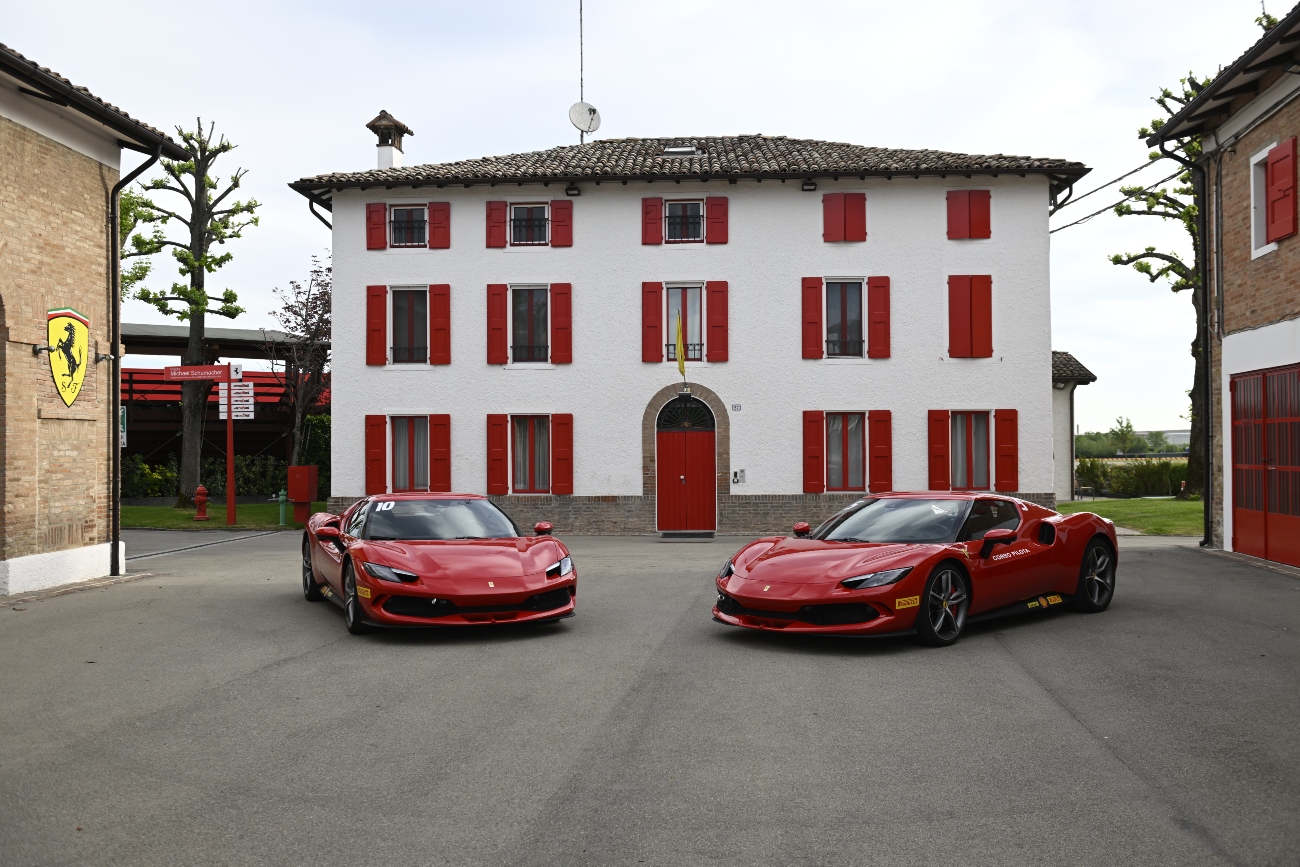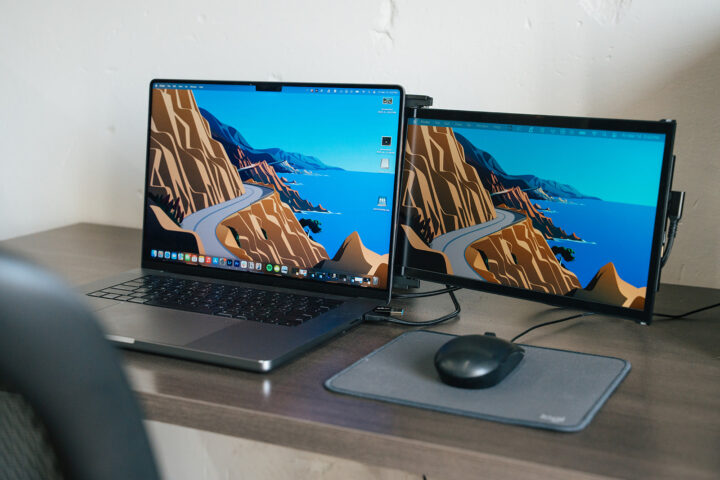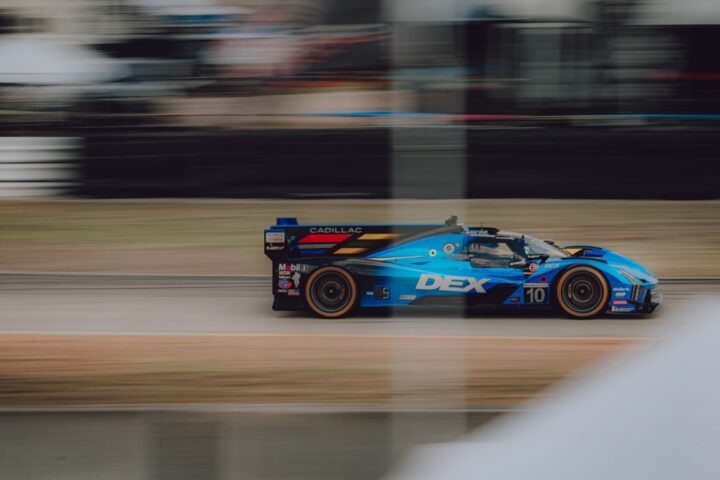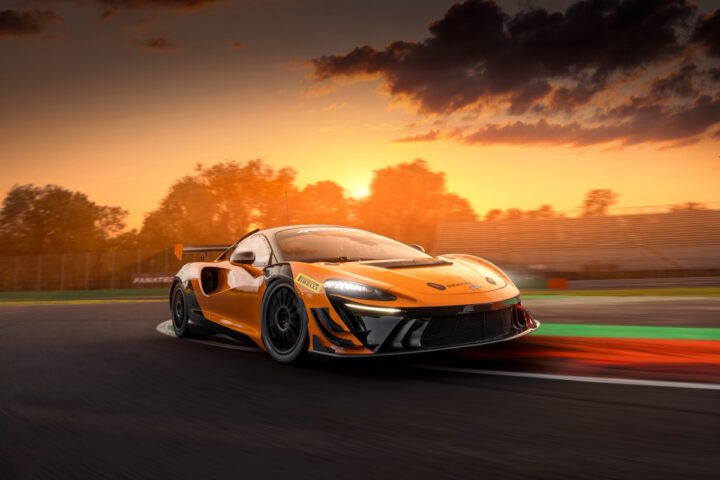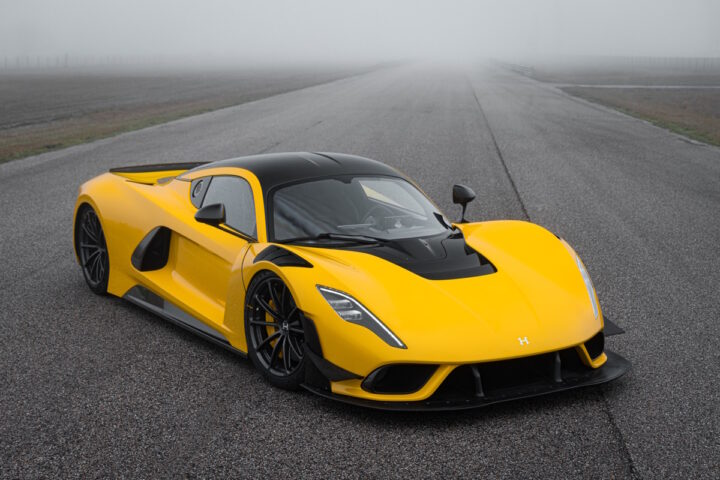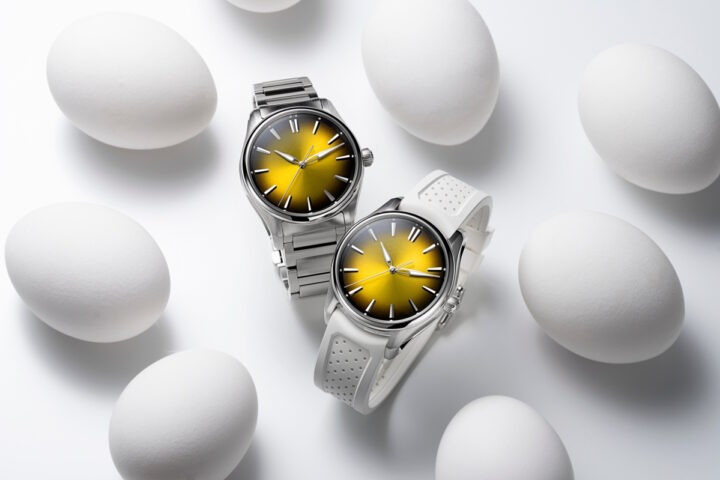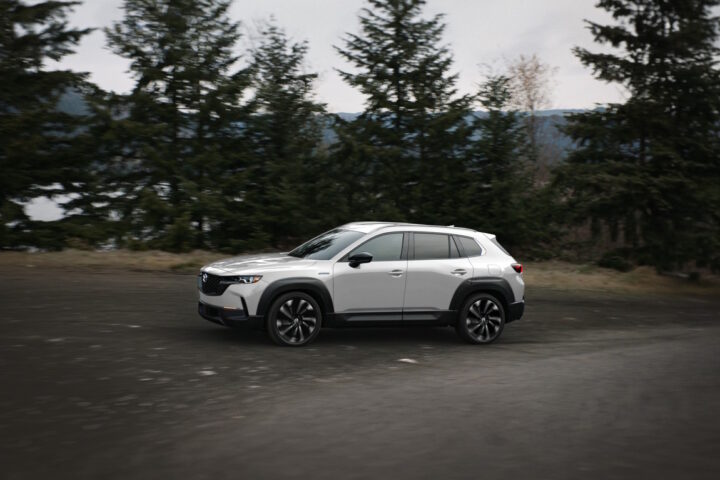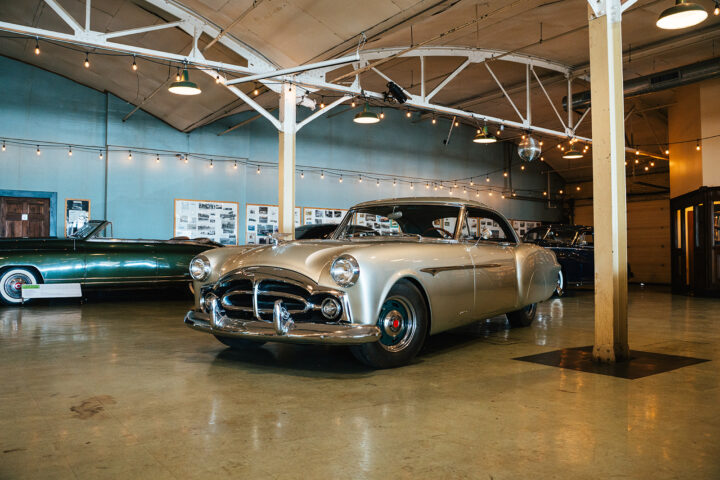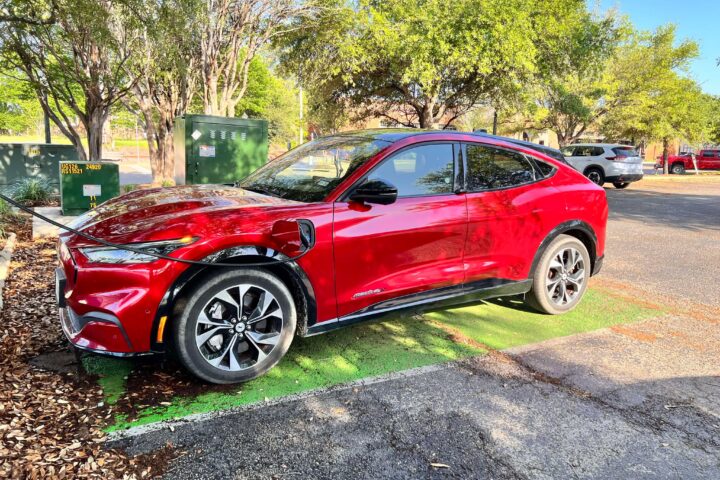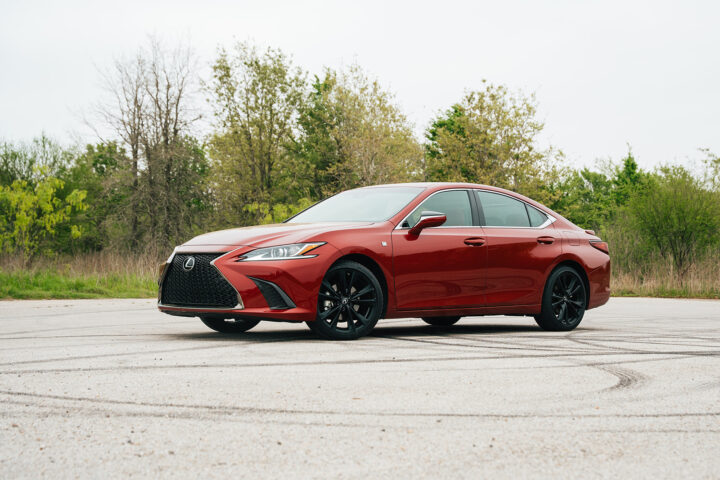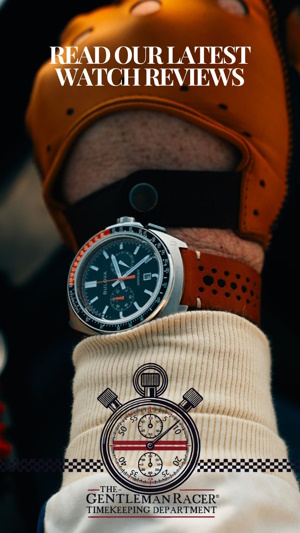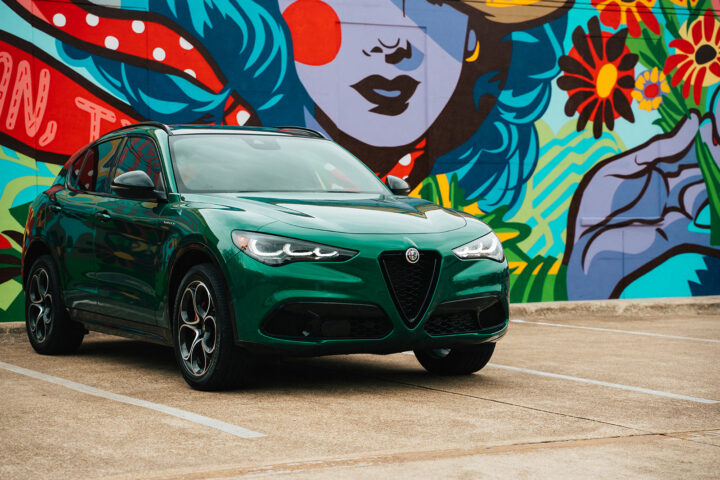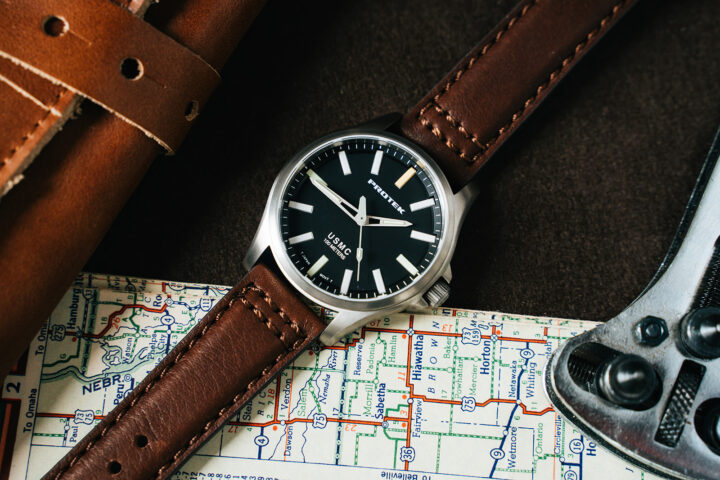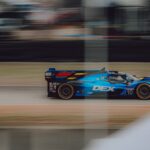Pista di Fiorano (the Ferrari test track) is hallowed ground for automotive enthusiasts. Located near the Italian town of Maranello, just about 1,000 feet from the front gate of the Ferrari factory, this private race track has seen the birth of legends. Opening in April 1972, Fiorano has been the proving ground for some of Ferrari’s most iconic cars, including the Ferrari 599 GTB Fiorano and the SF90 Stradale’s Assetto Fiorano track package. With its FIA Grade 2 license, the track is a crucible designed to simulate various types of corners, stretching just over 1.8 miles in its current configuration.
Thanks to an invite from my friends at Shell, I would experience a one-day version of the Corso Pilota Sport program and spend a few days exploring Modena and Maranello on this trip. Shell, Ferrari’s partner since 1929, fuels the passion and performance of these supercars with Shell V-Power NiTRO+ Premium Gasoline, a fact evidenced by the pervasive Shell branding around Fiorano.
Day 1: Mastering the Track
The first day began with a thorough briefing at the Ferrari test track. Our instructors—veteran racers whose resumes boasted numerous accolades—introduced us to the Ferrari 296 GTB, the star of our session. The 296 GTB, with its hybrid powertrain delivering a combined 818 horsepower, is a marvel of modern engineering. While sitting in the classroom, we could hear that the track was alive with the roar of engines, a prelude to the high-octane experience awaiting us.
Sliding into the cockpit, I felt the snug embrace of the racing seat and the car’s potential humming through my body. The Ferrari 296 GTB is a car designed to test the mettle of its driver as much as it tests the limits of performance, and while this is the street version, the 296 GTB is the current platform used by the Ferrari Challenge. As we took to the track, each lap was a dance of precision and power. My instructor guided me to navigate Fiorano’s complex layout, mastering the art of braking, accelerating, and cornering with finesse. The driving philosophy at Ferrari is very different from other programs I have completed; here, it is more focused on balance.
After my first track session, I went to the race control office and sat down to go over telemetry. The target time for the track was 1 minute 32 seconds, and by my third lap, I was just a few seconds off the pace. We would head over to the skid pad for some lessons on car control and to experience the different traction settings before breaking for lunch.
The afternoon session got back on track and ramped up the intensity. We delved deeper into advanced driving techniques, pushing the 296 GTB to my limits. The exhilaration of driving at Fiorano was matched by the sense of achievement as I began to master the track’s intricacies. I had gotten down to 1 minute 31 seconds, a pretty big improvement. The day concluded with a debrief and a presentation of our course certificate.

Day 2: Factory Tour and Culinary Delights
The second day of my Ferrari experience shifted gears from high-speed thrills to a behind-the-scenes look at where the magic happens: the Ferrari Factory. This isn’t merely a factory; it’s a sanctuary where engineering and craftsmanship converge. Our private tour began on the factory floor, where robotic precision meets human artistry. Watching artisans and machines work harmoniously to create automotive masterpieces was an experience akin to witnessing a great symphony being composed.
Perhaps one of the most interesting aspects of the factory tour was the amount of thought that went into not just the efficiency of the factory but the employee’s experience. Growing up with a grandfather in the aerospace industry, I have been around my fair share of machine shops, but I have never been in one that had gardens placed throughout. The plant life and natural light flowing through the space have more of a massive art studio feel than an engine manufacturing plant.
Our guide, a Ferrari veteran, walked us through the history and innovation that have come to define Ferrari. We witnessed the meticulous assembly of V12 engines, each a testament to Ferrari’s dedication to performance. The V12 assembly line blended state-of-the-art technology and age-old craftsmanship, as one engineer assembles each engine by hand as it moves down the line, illustrating Ferrari’s unique approach to car manufacturing. Sorry, no pictures; most of our time with Ferrari, we had stickers placed over the cameras on our phones, and our real cameras were best left at the hotel.
Following the tour, we lunched at Ristorante Cavallino, an establishment steeped in tradition and culinary excellence. The acclaimed chef from Modena, Massimo Bottura, inspires the cuisine of Cavallino with his vision of the history and identity of the region, which he defines as Emilian tradition with a contemporary touch. Bottura’s illustrious career began in 1986 when he took over the Trattoria del Campazzo on the outskirts of Modena. There, he balanced the twin tasks of experimenting with regional recipes under Rezdôra (grandmother) Lidia Cristoni and learning French techniques from chef Georges Coigny.
A transformative experience with Alain Ducasse at Le Louis XV in Monaco in 1994 led Bottura to open Osteria Francescana in 1995 in the historic center of Modena. Five years later, working in the kitchen of Ferran Adrià at El Bulli, he refined his reinterpretation of tradition. Osteria Francescana was awarded three Michelin stars in 2011 and was ranked first on The World’s 50 Best Restaurants list in 2016 and 2018. The lunch at Cavallino was a culinary journey, with dishes that honored regional flavors while incorporating innovative twists, reflecting Bottura’s genius. If you can’t make it to Cavallino, pick up one of Chef Bottura’s books: Never Trust a Skinny Chef and Bread is Gold.
Final Leg: The Ferrari Museum
The journey continued at the Ferrari Museum, a stone’s throw from the factory. The museum is a repository of Ferrari’s rich heritage, housing a collection of its most celebrated models and trophies. It’s a narrative of speed, elegance, and the relentless pursuit of perfection. From the classic 250 GTO to the modern marvel LaFerrari, the museum encapsulates Ferrari’s evolution.
Interactive exhibits allowed us to delve into the technological advancements and innovations that propelled Ferrari to motorsport’s pinnacle. One of the most captivating sections was dedicated to Ferrari’s Formula 1 legacy, showcasing the cars and the technological advancements that have dominated the racing world.
As I departed Maranello, I carried more than just memories of speed and spectacle. The experience had given me a profound appreciation for the artistry, dedication, and passion that define Ferrari. The Corso Pilota Sport driving experience, the factory tour, and the museum visit were not just a journey through Ferrari’s sacred grounds but an intimate glimpse into the heart of a legend. Ultimately, Ferrari is more than a car; it is a living, breathing embodiment of human ambition and excellence, a symphony of speed that continues to inspire and exhilarate.
Update: The video recapping my trip has just been added below:
Track Photos Courtesy of Ferrari

